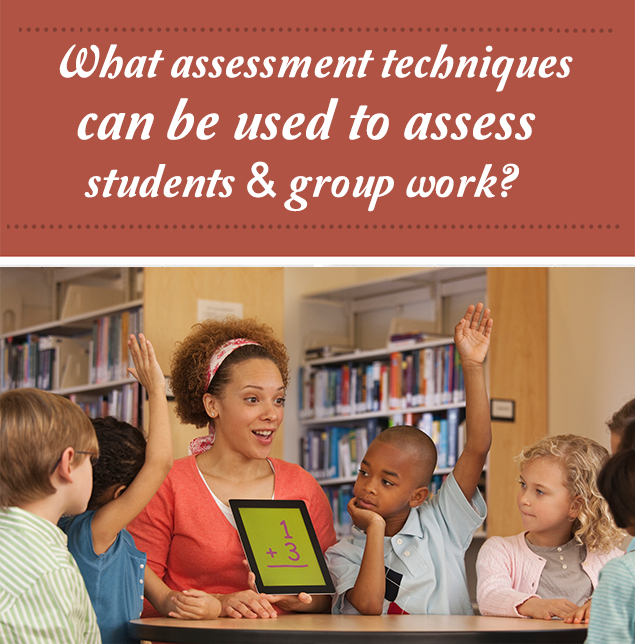Assessment Strategies for Classroom Group Work
Posted by Network Support · Leave a Comment
Discover grading methods for assessing group work in the classroom. Use these assessments to help keep group projects effective and fair for every student.
Assessing students when they are involved in group activities or projects cannot be done in the same way as individual assessments. The final product must be the compound effect of what the students have done together. However, it is sometimes difficult to know who has been involved in the project and to what extent. To avoid ignoring one student’s hard work or award another’s lack of participation, teachers must create systems of evaluation that credit clear insight for every group member.
Ensure fair and accurate group assessment with these grading methods…
- Ticket in
This is a good method to make sure all the students in a group are doing their research and contributing to the project. Instruct students to work individually outside of class on the group assignment, by completing a worksheet, or writing or answering discussion questions. Then, they should bring their individual work to the class. This serves as their “ticket in” to the group work. Students without their ticket are not allowed to participate in the group work that day. If they are not allowed to participate then points are automatically deducted from their over all grade.
- Group Report
Group activities are a great way of getting students involved, equipping them to further their own learning process. However, there is the danger of certain students doing all the groundwork, while the others share the credit. A good way to counter this is to ask them to write a brief division-of-labor report.
These reports could include information like how often they met, who was present, who did what parts of the group project or assignment, etc. A report like this has two benefits – it identifies the students who are or are not doing their share in the group and it provides the teacher with input for grading. You either have students select themselves or assign roles within the group. Some of these roles could be that of convener, scribe, presenter, etc. Students can interchange the roles periodically. This will help keep all students active in the group. It will be a good assessment of the strengths and weaknesses of different students, keep the workload fair and will help to develop different skills.
- Peer Input
Peer assessment and feedback requires students looking at each other’s work and assess it against pre-agreed upon criteria. They can then give each other feedback on the work, and the marks received count towards the grade for the project.
Using these self and peer reviews for assessments, teachers can address many of the issues around fairness and reliability in group projects. Unlike individual assessments, group assessments are more public and have transparent accountability for intentions, execution, and judgments. Additionally, it will help you assess the analytical and cognitive skills of students. On the other hand it is useful for the students too, because it gives opportunities to better understand the standard expected of their work and learn from examples of how other people have tackled a task and can pick up tips from others.
Like this article for teachers?
Browse the Professional Learning Board COURSE CATALOG to find related online courses for teachers in your state. Professional Learning Board is a leading provider of online professional development classes that teachers use to renew a teaching license or renew a teaching certificate.





